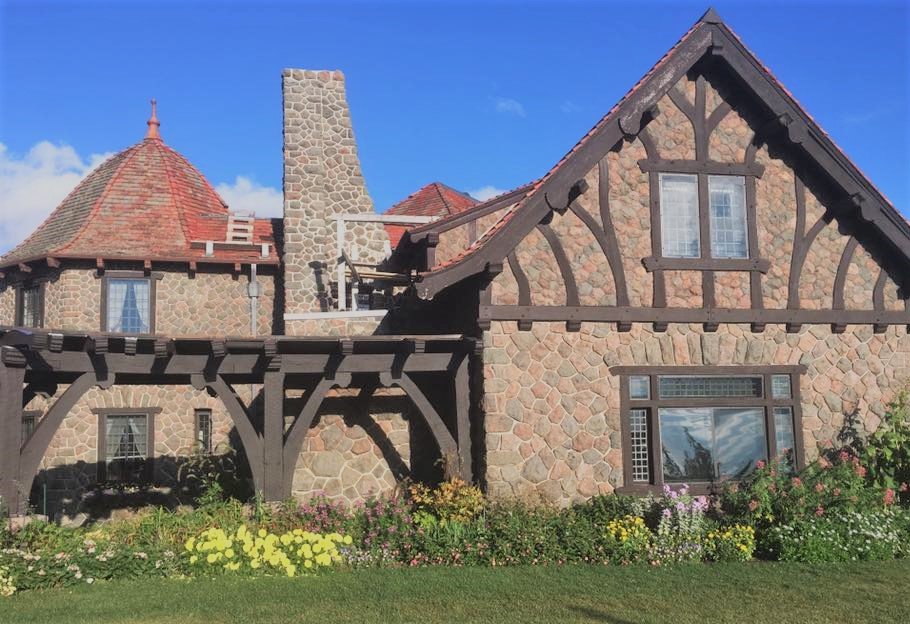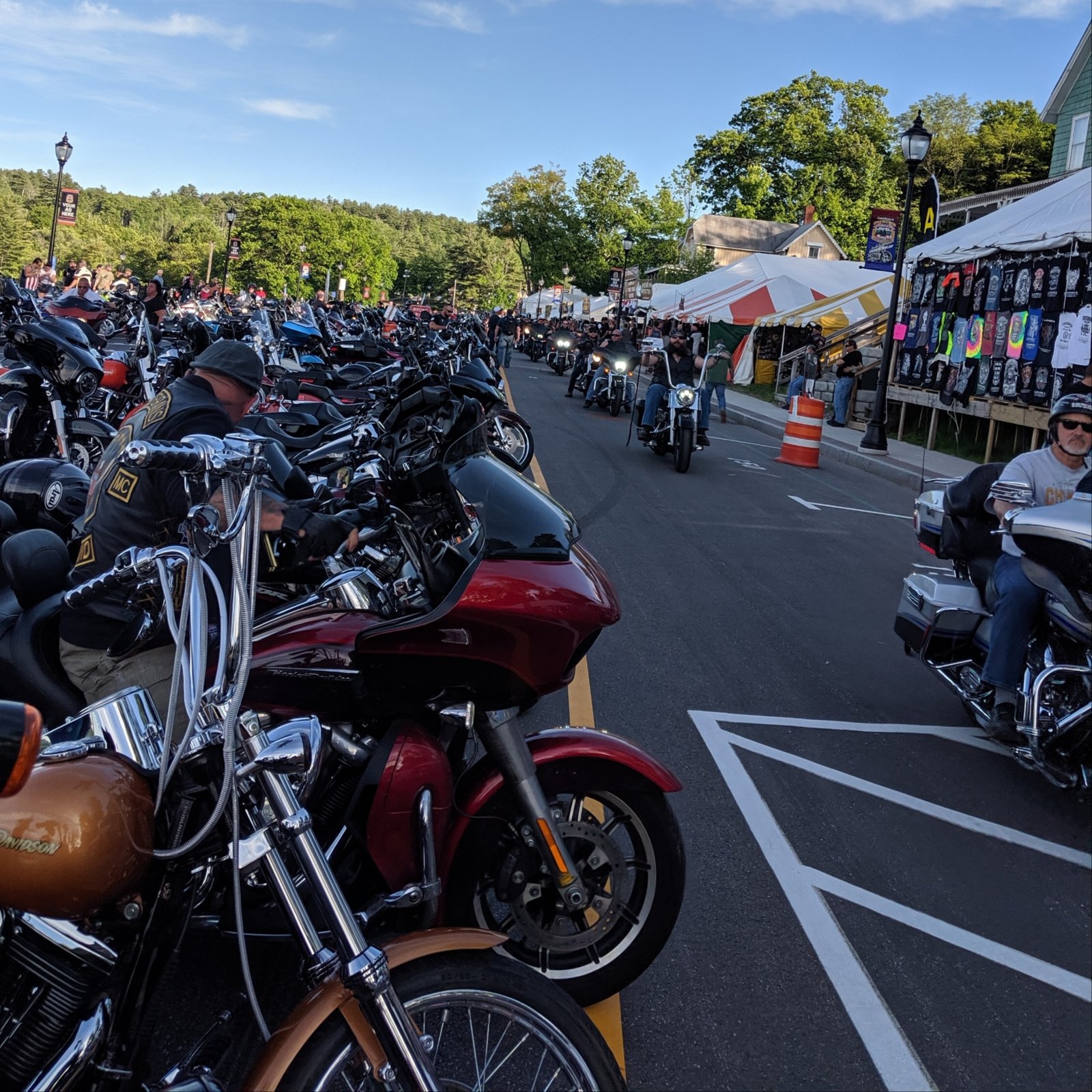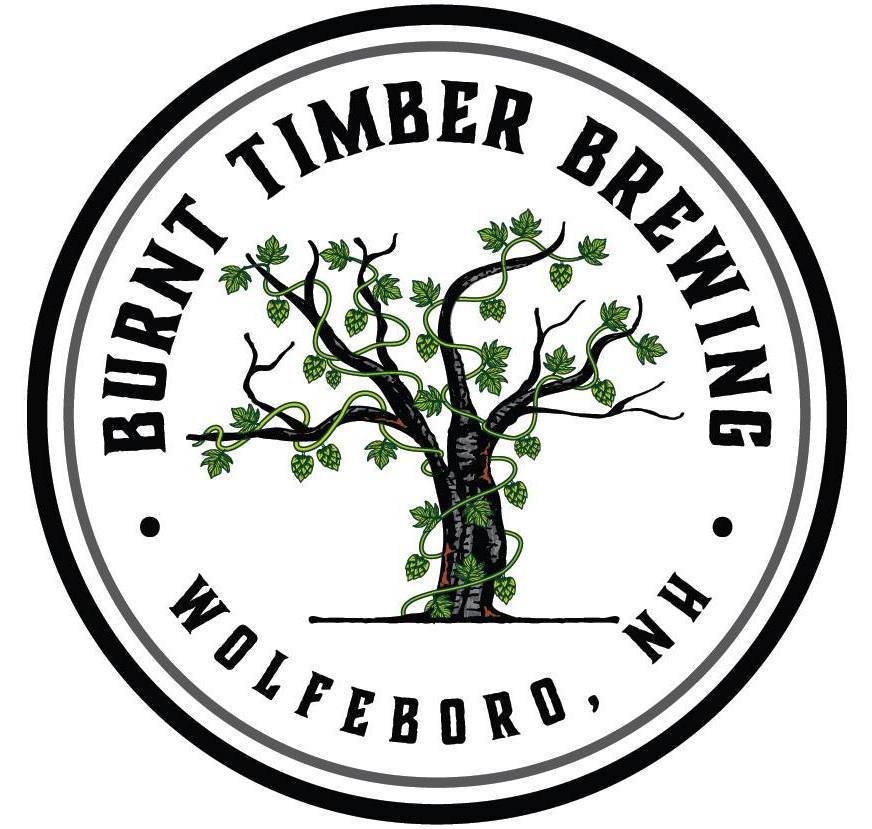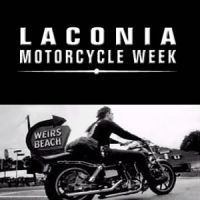‘Kimball Castle’ – Gilford NH
It was in 1897 that Benjamin Kimball, President of the Concord & Montreal Railroad and the Kimball and Wright Wheel Mfg. Company of Concord hired an architect to built his castle on Locke’s Hill overlooking Lake Winnipesaukee in Gilford. In the early 1920s, Samuel L. Powers of Boston wrote the following of Benjamin Kimball:
“Many years ago Mr. Kimball made his first trip up the Rhine River in Germany. As he sat upon the steamer’s deck, viewing the vine-clad slopes on either side of the river, he finally came into view of the castles built by the Barons of the Middle Ages. It was then that the thought came to him that he would like to build a castle similar to those, upon the promontory which he owned on the southern bank of Lake Winnipesaukee; so he made a landing, secured an architect, and arranged with him to make plans for a castle, which stands today some seven hundred feet above the lake on the brow of Locke’s Hill.
It is a remarkable view, seven hundred feet below were the sparkling waters of Winnipesaukee, dotted with its hundreds of islands, each rich with summer verdure extending to the very water’s edge.
Farther to the north were the silvery waters of Lake Asquam, hedged in by the Sandwich Dome. Still farther to the north, the Presidential Range–Mount Washington in bold relief piercing the fleecy clouds Farther to the west, Lafayette, Lincoln, and Moosilauke, and still farther to the west the mountains of Vermont. To the east, beyond Ossipee, where the mountains on the westerly line of Maine, and to the south, Belknap and Gunstock, as though keeping guard over the castle.
The castle was built entirely of top stones, which were quarried in Concord and brought to Laconia by train. From there, they were transported up the hill by horse and oxen teams, as were the fieldstone and granite obtained in back of the Locke’s Hill.
This castle had many similarities of a fort, commencing with its overall appearance and the heavy oak front door, with wrought-iron window grating, hinges, and lion’s head door knocker. All the exquisite oak woodwork was made in London and shipped to Boston view freight and reassembled inside the castle. All wrought-iron fixtures, at which the Germans excel, were custom-made in Germany.
When Mrs. Kimball passed away in 1960, the estate was willed to the Alvord Wild Life Sanctuary of Bear Island. It was felt that if the public wished the castle and its 250-acre park of flowers and shrubs restored and preserved for their society, the society was the most likely to inherit this fine property the proper restoration.
After being abandoned for several years, the inevitable finally happened–vandalism. What could be carried was stolen; windows were broken, wrought-iron that wasn’t too heavy, removed; stacks of very rare green bulls-eye glass replacements from the windows, smashed.
Today’s generations remember, affectionately, the bygone years of what it must have really been like to enjoy the lake in the elegance of a castle such as Kimball.
Voters decided not to commit money to restore the castle. The town eventually convinced the Attorney General to remove the stipulation preventing commercial use of the property and subdivided the land, creating ski and hiking trails on a portion of the acreage. Sadly, the walls have been claimed by vandals and the stunning architecture is falling into devastating disrepair. We may never see Kimball Castle restored to its full glory and the vision of Benjamin Ames Kimball.














